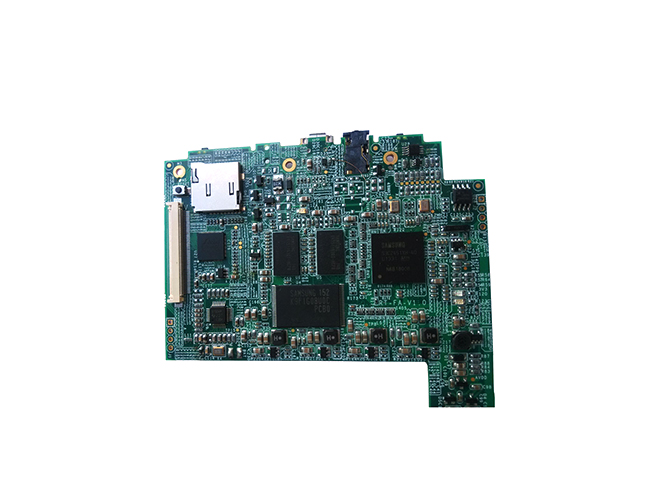-
CN
-
Service Hotline
+8618129931046 Mr. Liao


Time:2025-04-16 Views:1

In the manufacturing of printed circuit boards (PCBs), the immersion gold process is a crucial surface treatment method that significantly enhances the performance and quality of the boards.
Principle of the Immersion Gold Process
The immersion gold process, also known as electroless gold plating, is based on a chemical oxidation - reduction reaction. In this process, a layer of nickel - gold alloy is deposited on the copper surface of the PCB. First, a nickel layer is deposited. Nickel serves as a barrier layer, preventing the diffusion of copper atoms into the gold layer, which could otherwise affect the electrical and mechanical properties of the connection. The nickel deposition is achieved through a chemical reaction where nickel ions in the plating solution are reduced to metallic nickel on the copper surface in the presence of a reducing agent. After the nickel layer is formed, a gold layer is then deposited on top of the nickel. Gold is highly resistant to oxidation and corrosion, and it provides excellent electrical conductivity and solderability. The gold deposition occurs through an immersion reaction, where the gold ions in the solution are displaced by the nickel surface, resulting in a thin and uniform layer of gold plating.
Process Steps
Pre - treatment
Degreasing: The PCB surface is initially cleaned to remove any grease, oil, or other organic contaminants. This is usually done using a degreasing agent, such as an alkaline solution. The degreasing process ensures that the subsequent chemical reactions can occur effectively on a clean surface.
Micro - etching: A micro - etching step is carried out to roughen the copper surface slightly. This increases the surface area and improves the adhesion of the nickel layer. The micro - etching solution typically contains an acidic compound that selectively etches a very thin layer of copper.
Nickel Deposition
The PCB is immersed in a nickel - plating solution. The solution contains nickel salts, such as nickel sulfate, and a reducing agent like sodium hypophosphite. As the PCB is submerged, the reducing agent causes the nickel ions in the solution to be deposited on the copper surface, forming a nickel layer with a thickness typically in the range of 3 - 5 microns.
Gold Deposition
After nickel deposition, the PCB is transferred to a gold - plating solution. The gold - plating solution contains gold cyanide or other gold - containing compounds. The gold ions in the solution react with the nickel surface, and a thin layer of gold, usually about 0.05 - 0.15 microns thick, is deposited. This thin gold layer provides a highly conductive and corrosion - resistant surface finish.
Post - treatment
Rinsing: The PCB is thoroughly rinsed with deionized water to remove any remaining chemicals from the plating solutions. This step is crucial to prevent contamination and ensure the long - term stability of the plated surface.
Drying: The rinsed PCB is then dried, usually in an oven at a controlled temperature, to remove any moisture. Moisture left on the board could cause corrosion or other issues over time.
Advantages of the Immersion Gold Process
Excellent Solderability: The gold - plated surface has a very low contact resistance, which makes it highly suitable for soldering. Components can be easily soldered to the PCB, resulting in reliable electrical connections.
High Corrosion Resistance: Gold is extremely resistant to oxidation and corrosion. This property ensures that the PCB can maintain its electrical performance over a long period, even in harsh environmental conditions.
Good Electrical Conductivity: Gold has excellent electrical conductivity, which is beneficial for high - speed and high - frequency applications. It helps to minimize signal loss and interference.
Smooth Surface Finish: The immersion gold process produces a smooth and uniform surface finish. This is advantageous for applications where the surface appearance is important, such as in high - end consumer electronics or medical devices.